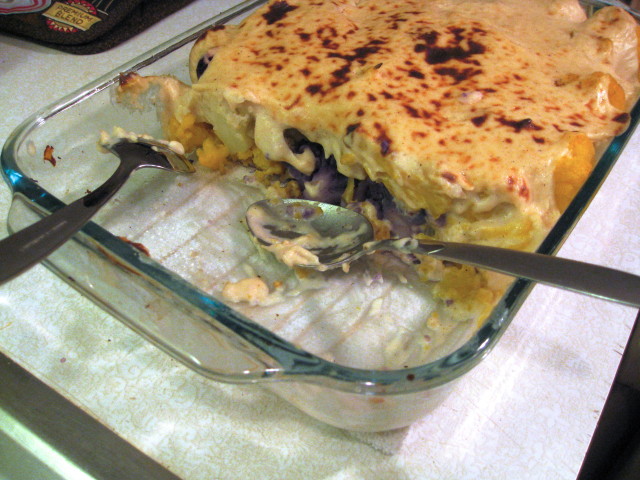
Staying tuned to the same frequency as the previous post, I will have a second summer dish, that I love. It is a simple humble summer dish that can be eaten warm, but I prefere it room temperature. It is a cauliflower casserole… Just that. Cauliflower and a simple sauce, one of the four mother sauces, baked in the oven. I got this idea from Ece a friend of mine that she made a similar version a few years back. The homeyness of that food will never be forgotten. But since we are having the first entry ever for the cauliflower as it is custom to this blog, we will start with a small history of the cauliflower, a distant cousin of the broccoli and cabbage.

Cauliflower is one of several vegetables in the species Brassica oleracea, in the family Brassicaceae. It is an annual plant that reproduces by seed. Typically, only the head (the white curd) is eaten while the stalk and surrounding thick, green leaves are discarded. Cauliflower is very nutritious, and may be eaten cooked, raw or pickled. Its name is a variation of cole flower or kale flower (cole and kale being variations of the same word), an acknowledgment of its unusual place among a family of food plants which normally produces only leafy greens for eating. The Brassica oleracea species is the same species as cabbage, brussels sprouts, kale, broccoli and collard greens, though they are of different cultivar groups.


Traditional varieties include ‘Snowball’, ‘Hybrid White’, ‘Super Snowball’, ‘Snow Crown’, ‘Mayflower’, Candid Charm’, ‘Mormon’, ‘Agrahani’, ‘poushi’, ‘maghi’, ‘Snow White’, ‘Snow Grace’. Self-blanching varieties are ‘Self Blanche’, ‘Early Tuscan’, ‘Late Tuscan’. Heirloom varieties include ‘All the Year Round’, ‘Early Pearl’, ‘Early Snowball’, ‘Igloo’, ‘Violetta Italia’ and ‘Walcheren Winter’. Commercial varieties includue ‘Fremont’, ‘Igloo’ and ‘Snow Crown’.

A comprehensive list of varieties is maintained at North Carolina State University. Purple cauliflower also exists. The purple color is caused by the presence of the antioxidant group anthocyanin, which can also be found in red cabbage and red wine. Varieties include ‘Graffiti’ and ‘Purple Cape’. In Great Britain and southern Italy, a broccoli with tiny flower buds is sold as a vegetable under the name “purple cauliflower.” It is not the same as standard cauliflower with a purple curd.Orange cauliflower (B. oleracea L. var. botrytis) contains 25 times the level of Vitamin A of white varieties. This trait came from a natural mutant found in a cauliflower field in Canada.Cultivars include ‘Cheddar’ and ‘Orange Bouquet’. Low carb dieters can use cauliflower as a reasonable substitute for potatoes for while they can produce a similar texture, or mouth feel, they lack the starch of potatoes; cauliflower is actually used to produce a potato substitute known as fauxtato. With 25 kcals per 100 g is one of the most nutritional foods on the planet, containing almost as much vitamin C as an orange, large amounts of vitamins B6 and B9, and elements such as Iron, Magnesium, Phosphorus, Potassium, Zinc in about 4% of the daily recommended value. It is the perfect vegetable if you are on diet.
For this recipe we will need (4 servings-454 Kcals each):
- 1 average (6-7 inches in diameter) white cauliflower
- 1 average (6-7 inches in diameter) purple cauliflower
- 1 average (6-7 inches in diameter) orange cauliflower
- 5 tbsp of butter
- 5 tbsp of flour
- 4 cups of milk
- 4 tbsp of freshly grated nutmeg
- 1/2 tsp of cayenne pepper
- 1 tbsp of salt
- 1/2 tbsp olive oil
Cut the cauliflower in florets similar to those that you see the broccoli cut in. Bring a large pot of water (at least 2 qtrs.) to boil and when in rolling boil add 1 tbsp of salt. Add the white cauliflower and let it in there till it slightly tender and the color becomes a bit more translucent. This step will only be used to hydrate the cauliflower, not to actually cook it, so don ‘t let it in there for more than 5-6 minutes. Once done, drain and and cool to halt cooking. Repeat the process for the other two cauliflowers. Once all are cooked add them in a big bowl and drizzle with the olive oil, salt and pepper to taste. Add in in a 10×15 pyrex dish. Let ‘s make the sauce now. It is a sauce we had a whole entry on so I am not going to highlight everything here, just the recipe. So we start by melting the butter over medium heat. Let it bubble and become nutty. Add the flower and whisk. Let it till it turns a little brown in color and add the cayenne and the nutmeg. Stir. Slowly add the milk and cook until the sauce thickens considerably. Purr it over the cauliflower and bake at 400 F till golden-brown and delicious.
You don ‘t have to use, colorful cauliflower of course, but it makes the dish prettier and the contrast of texture and flavors, just elevates it to a whole new level. You can also use broccoli but don ‘t boil it at all. Just place it like that in the casserole.
There you have it! A great simple dish with lot ‘s of flavor, tons of nutrients in a low calorie package. Yeah I know I don ‘t usually right about the calories in this blog, but, this dish is not made to be low cal. It is low cal. On it ‘s own. Just because it was made like that.



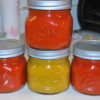
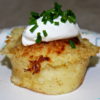

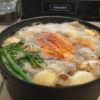


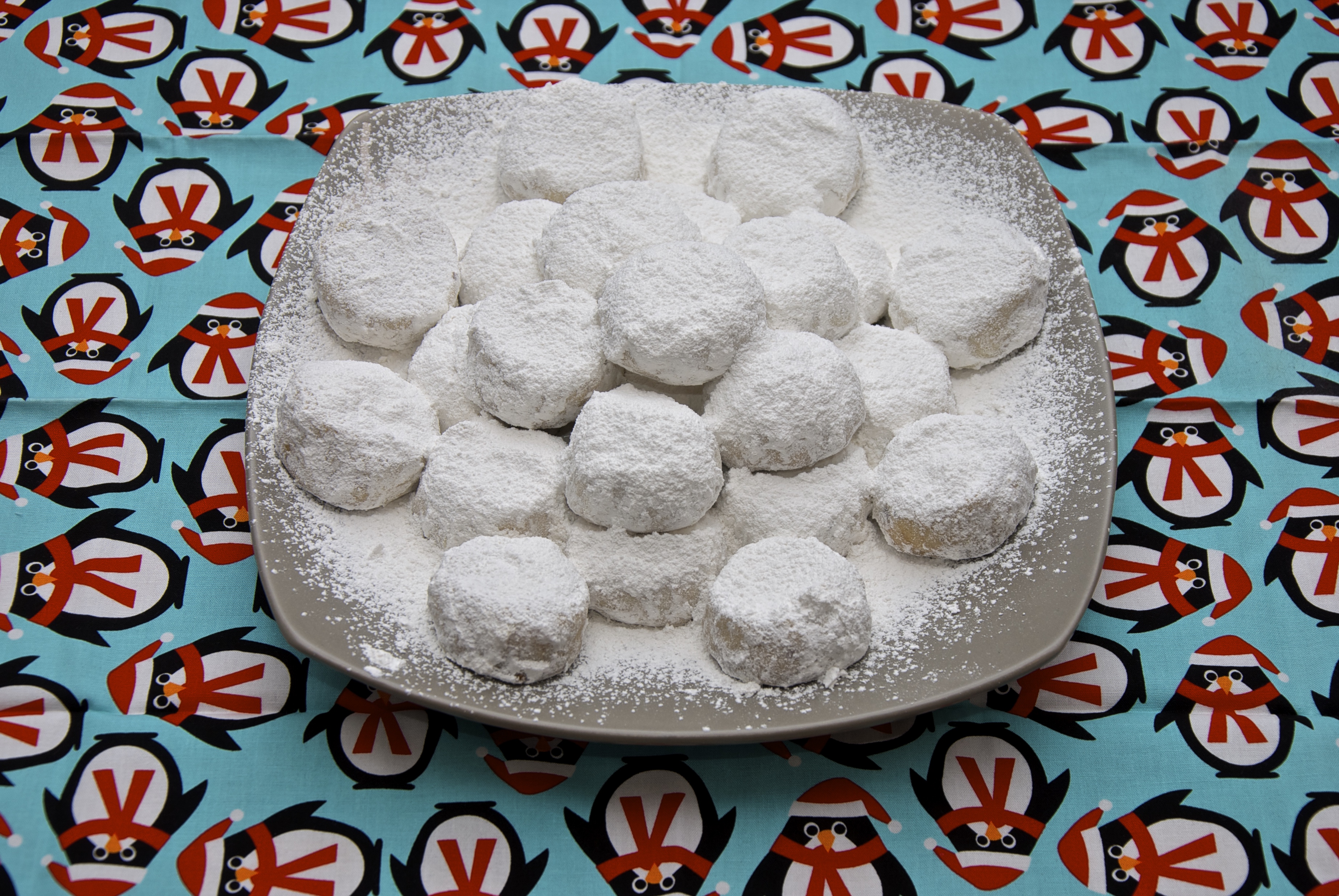
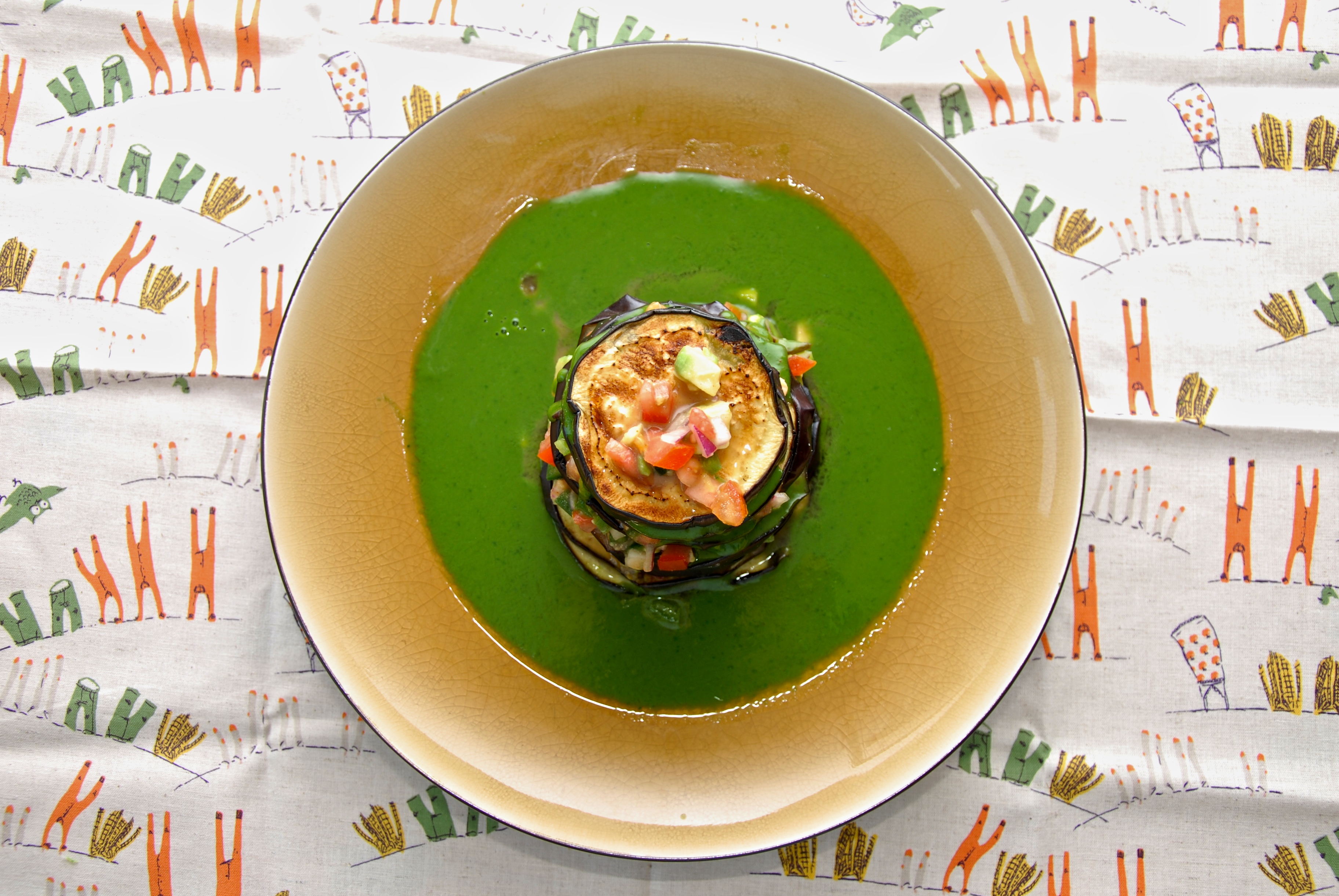
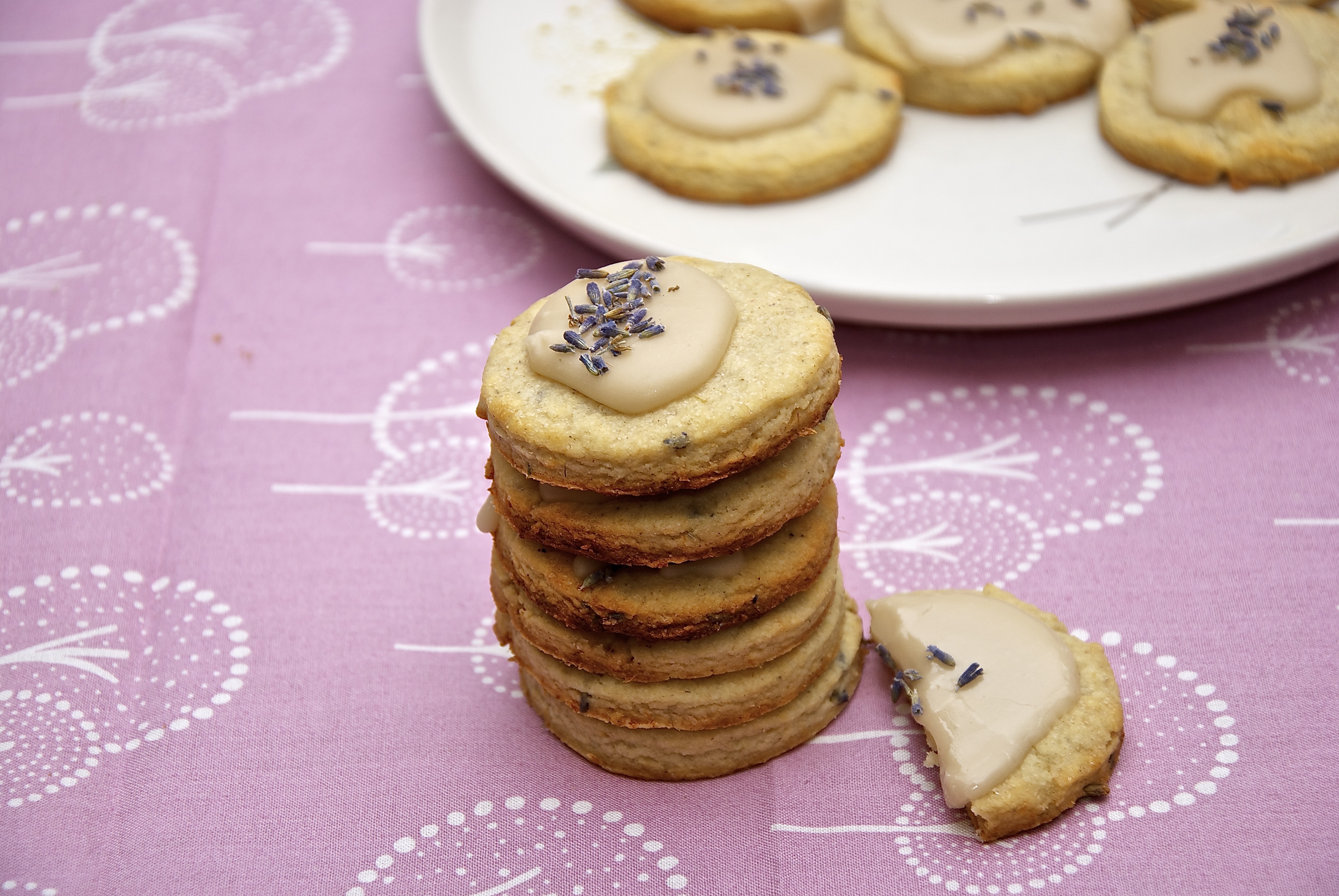
Leave a Reply